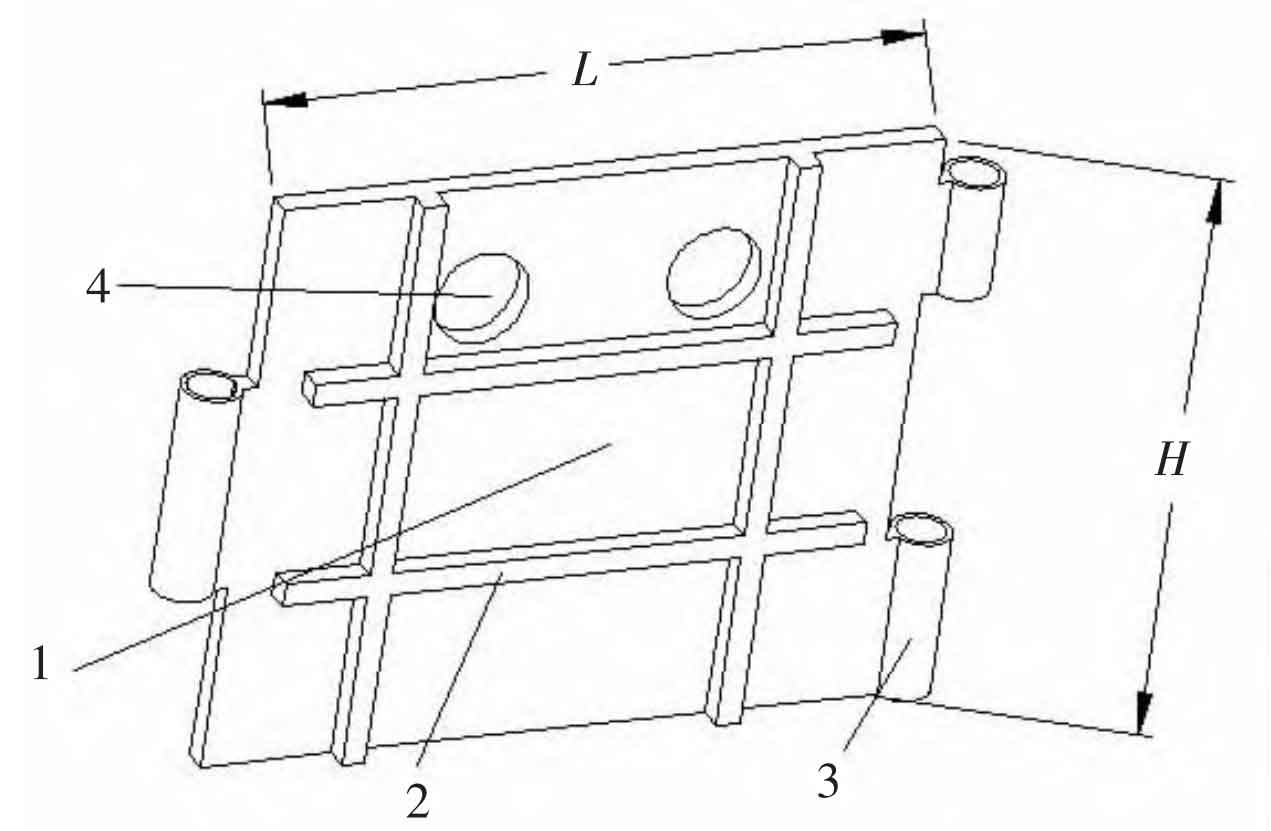According to Fig. 1 and Fig. 2, it can be seen that at the later stage of solidification, the area where the maximum liquid phase percentage is located is located in the riser body, and the liquid phase proportion at the edge of the two schemes is smaller than the center proportion. The riser solidifies from the edge to the center, and the final shrinkage is located in the riser. The feeding effect of the two schemes is the same.
According to Figure 3, the riser modulus comparison, namely the ratio of the maximum modulus of the riser body to the modulus of the sand mold casting, is obtained. Through data calculation, the modulus ratio of the test plan is basically the same, and the feeding effect is the same.
According to Figure 4, the hot spot of sand casting in the comparison test scheme is basically the same in size, shape and position in the riser body. Through Table, for equal-diameter risers φ 350 mm, riser height 525 mm, tower type riser and riser body can be used φ 350 mm, H1 350 mm, riser body φ 300 mm, H2 is replaced by 150 mm, the cost is reduced by 18%, and the weight is reduced by 12%.
The same scheme can obtain the optimized size of other types of risers. For equal-diameter risers φ 400 mm, riser height 600 mm, tower type riser and riser body can be used φ 400 mm, H1 height 400 mm, riser body φ 350 mm, H2 height is 200 mm, the cost is reduced by 7%, and the weight is reduced by 11%.
Through this scheme, the actual production of ductile iron sand castings for mining machinery, power generation and compression has greatly increased the yield and reduced the cost. The UT flaw detection results of sand castings have no impact on the previous sand castings. The implementation of the research scheme is effective.




